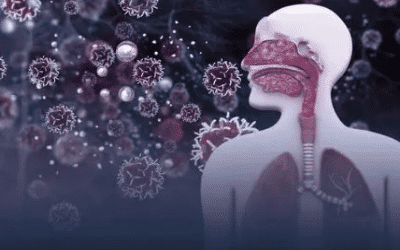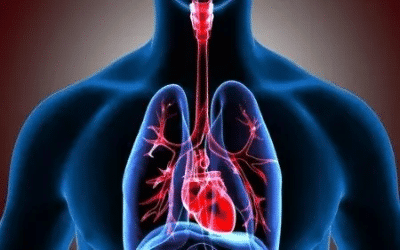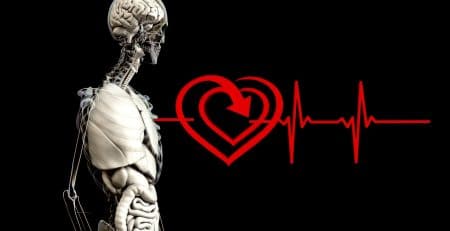Sleep apnea with other illnesses
Headaches and sleep apnea
What are morning headaches and what are their causes?
There are several causes that can cause headache or headache when waking up: having insomnia, suffering from snoring and sleep apnea, bruxism, using the wrong pillow, sleeping in the wrong position, drinking alcohol or taking certain medications before bed.
How does sleep apnea influence morning headaches?
Oxygen desaturation fluctuations during the night and Obstructive Sleep Apnea Syndrome make headache one of its daytime symptoms. Patients suffering from these pathologies usually complain of mild morning headaches, bifrontal and oppressive, which decrease throughout the morning.
How can CPAP therapy reduce morning headaches in people with sleep apnea?
Positive pressure devices, such as CPAP, provide a correct entry of air into the airways, thus facilitating the exchange of O2 and Co2, allowing the correct balance of gases, reducing the systemic inflammatory response, reducing morning symptoms.
If I have sleep apnea. Will I just have a headache?
No, it may be accompanied by other signs or symptoms such as:
Loud snoring.
– Episodes of stopped breathing during sleep (something someone else should report).
– Shortness of breath during sleep.
– Waking up with a dry mouth.
– Headache in the morning.
– Difficulty staying asleep, known as insomnia.
– Excessive daytime sleepiness, known as hypersomnia.
– Difficulty paying attention while awake.
– Irritability.


COPD and its effect on sleep apnea
COPD or Chronic Obstructive Pulmonary Disease is characterized by difficulty getting air out of the respiratory system due to bronchial inflammation, if manifested as CHRONIC BRONCHITIS and/or distension of the lung walls, if manifested as EMPHYSEMA.
The main symptoms with which it occurs are dyspnea or choking during physical activity, cough and expectoration.
Over time, COPD can present more general manifestations, such as loss of muscle mass, malnutrition, anxiety and sleep disorders.
Symptoms in patients with COPD and sleep apnea are usually identified with drowsiness (daytime sleep), headache (headache), asthenia (loss of strength).
However, in patients with COPD, these symptoms can be reduced, since, being a progressive and irreversible disease, the body “gets used” to high levels of carbon dioxide, therefore, the symptoms tend to normalize.
Patients with COPD, depending on the stage of the disease, are under drug treatment. To ensure ventilatory support to combat the associated sleep pathology, they can benefit from the Aircurve 10 equipment that will provide respiratory support to prevent the collapse of the upper airways.
These treatments are supervised by the specialist doctor, since the effectiveness may vary according to the stages and progression of the disease.
COPD is caused by inhaling certain particles that come mainly from tobacco and polluting smoke. Although damage to the bronchial tubes is irreversible, quitting smoking is the main treatment to stop the progression of the disease and improve its symptoms.
Improving the quality of sleep in people with COPD is avoiding excess weight to avoid the risk of collapse of the upper airways and maintaining regular physical activity that balances the hormonal level that controls the physiological function of sleep.
To diagnose COPD in patients with sleep apnea, airflow is assessed using SPIROMETRY.


Cardiovascular disease and sleep apnea
How is sleep apnea related to cardiovascular problems?
Episodes of apnea produce an alteration in the pulmonary blood vessels, consequently, cardiac contraction is altered, causing an increase in heart rate and blood pressure.
How does sleep apnea affect blood pressure and heart health?
Patients with sleep apnea usually have high blood pressure, this causes the heart to change its contractility and proper functioning, so that, in the long term, irreversible changes can be generated.
How can CPAP therapy reduce the risk of cardiovascular disease in people with sleep apnea?
CPAP equipment facilitates the entry of air by improving the exchange of gases (O2 and Co2), therefore, reducing episodes of apnea and this helps to prevent the progression of the disease, reducing inflammation, improving circulation and reducing the state of “stress” for the body. This leads to a decrease in blood pressure, heart rate and other cardiovascular risk factors.
What resources are available to help people with sleep apnea manage and prevent cardiovascular problems?
The main resource is a good control by your doctor, to establish the correct diagnosis of sleep apnea.
Once established, the treatment of choice is CPAP, which is a silent and portable device that facilitates the entry of air into the airways through a mask.
According to different studies, good adherence to this treatment (longer than 4 hours) has achieved good results in reducing blood pressure, reducing heart rate and other risk factors that can affect the vascular wall.
Pickwick Syndrome and its relationship with sleep apnea
What is Pickwick Syndrome and how is it related to sleep apnea?
Obesity hypoventilation syndrome, also known as Pickwick syndrome, is a breathing disorder that affects some people diagnosed with obesity.
We normally exhale carbon dioxide, a by-product of breaking down food for energy. Obesity hypoventilation syndrome causes the blood to be high in carbon dioxide and very low in oxygen. Left untreated, it can lead to serious health problems.
What are the symptoms of Pickwick Syndrome and how is it diagnosed?
Shortness of breath, lethargy or drowsiness during the day are the most prominent symptoms in people with Pickwick syndrome and in cases where the patient also has sleep apnea, the symptoms increase causing dizziness, fatigue or extreme tiredness and headache.
Causes and risk factors of Pickwick syndrome.
There are many risk factors for being overweight and obese, including:
1) Lack of physical activity
2) Unhealthy eating habits
3) Not getting enough quality sleep
4) Large amounts of stress
5) Genetics
6) Medical Conditions
7) Medicines
How is it diagnosed?
- Physical exam
- Weight and height measurement
- Calculation of body mass index (BMI)
- Waist and neck circumference measurements
How is it handled?
People diagnosed with Obesity Hypoventilation Syndrome should make changes to their current lifestyle, such as maintaining a healthy weight and being physically active.
You may need a continuous positive airway pressure (CPAP) machine, as it will help keep your airways open and increase your oxygen levels. Other treatments may be surgery or weight loss medication.
Clinic TERAPIACPAP
Latest posts by Clinic TERAPIACPAP (see all)
- Sleep apnea with other illnesses - 28/01/2024
- What is an oxygen concentrator and what is it used for? - 30/05/2023







